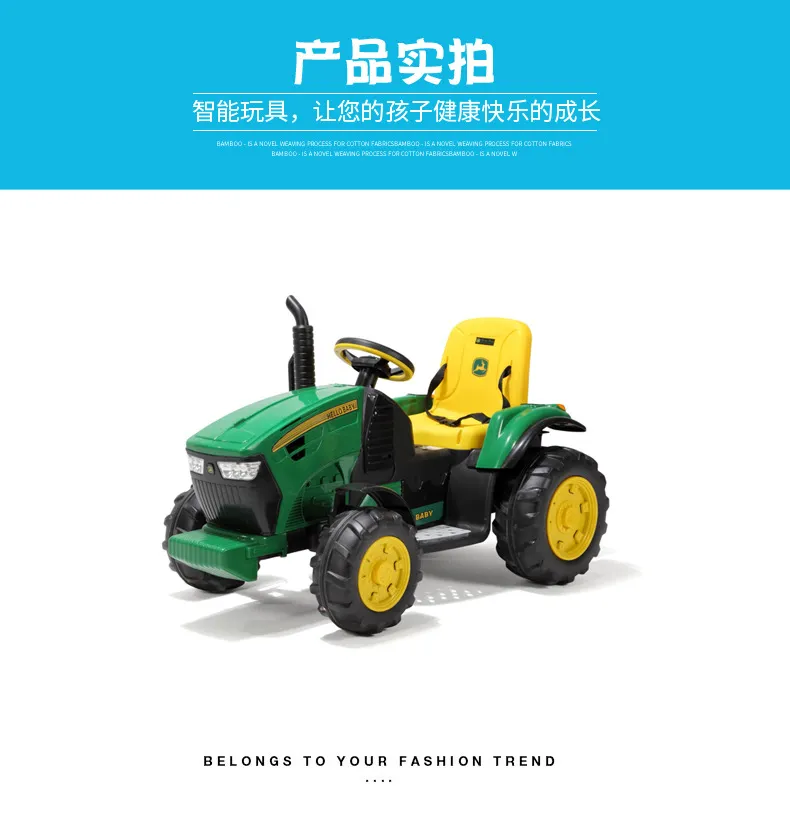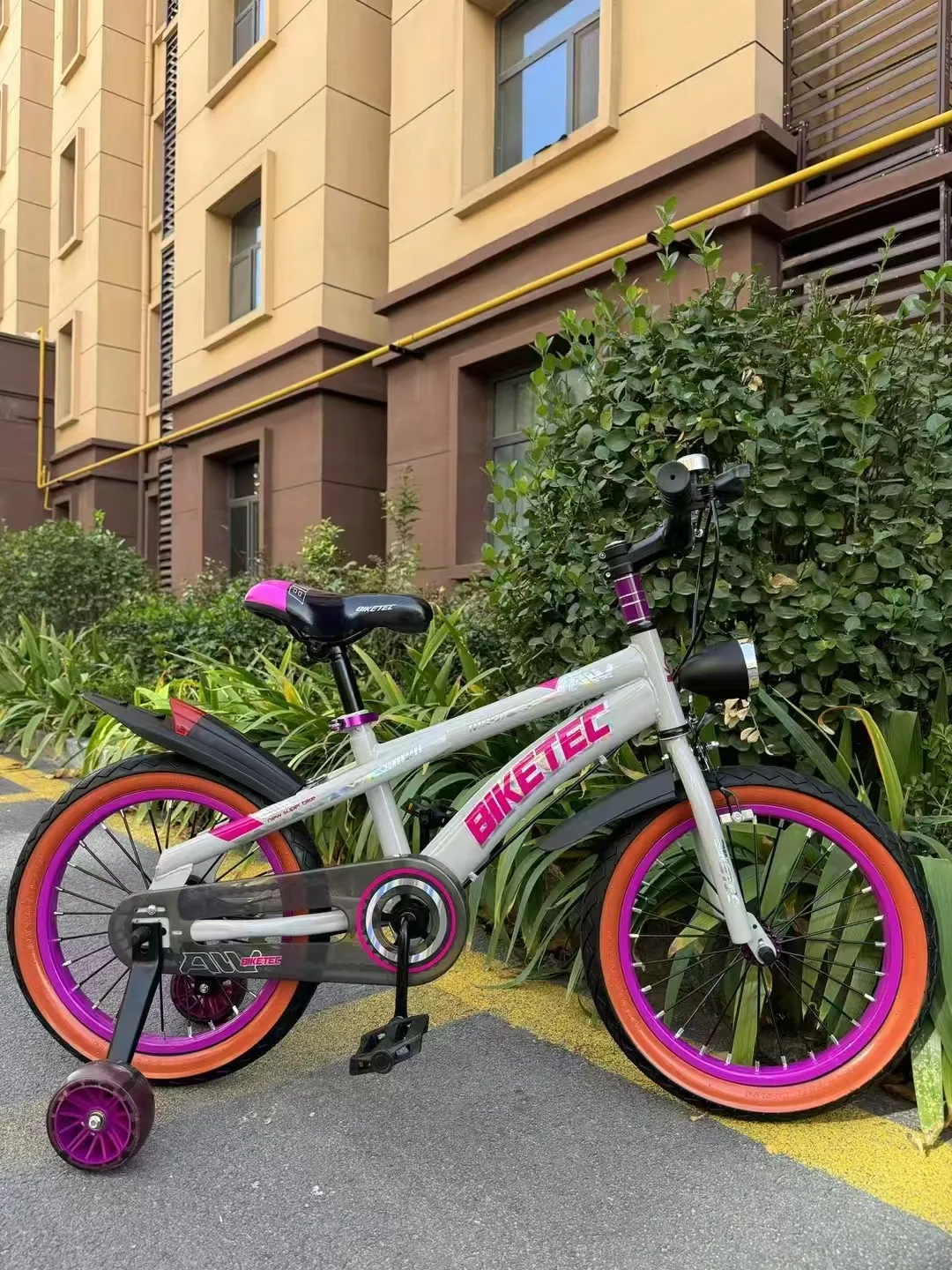
- Afrikaans
- Albanian
- Amharic
- Arabic
- Armenian
- Azerbaijani
- Basque
- Belarusian
- Bengali
- Bosnian
- Bulgarian
- Catalan
- Cebuano
- Corsican
- Croatian
- Czech
- Danish
- Dutch
- English
- Esperanto
- Estonian
- Finnish
- French
- Frisian
- Galician
- Georgian
- German
- Greek
- Gujarati
- Haitian Creole
- hausa
- hawaiian
- Hebrew
- Hindi
- Miao
- Hungarian
- Icelandic
- igbo
- Indonesian
- irish
- Italian
- Japanese
- Javanese
- Kannada
- kazakh
- Khmer
- Rwandese
- Korean
- Kurdish
- Kyrgyz
- Lao
- Latin
- Latvian
- Lithuanian
- Luxembourgish
- Macedonian
- Malgashi
- Malay
- Malayalam
- Maltese
- Maori
- Marathi
- Mongolian
- Myanmar
- Nepali
- Norwegian
- Norwegian
- Occitan
- Pashto
- Persian
- Polish
- Portuguese
- Punjabi
- Romanian
- Russian
- Samoan
- Scottish Gaelic
- Serbian
- Sesotho
- Shona
- Sindhi
- Sinhala
- Slovak
- Slovenian
- Somali
- Spanish
- Sundanese
- Swahili
- Swedish
- Tagalog
- Tajik
- Tamil
- Tatar
- Telugu
- Thai
- Turkish
- Turkmen
- Ukrainian
- Urdu
- Uighur
- Uzbek
- Vietnamese
- Welsh
- Bantu
- Yiddish
- Yoruba
- Zulu
Feb . 16, 2025 11:28 Back to list
27.5/29 "Color-Changing Carbon Fiber Mountain Bike 12 Variable Speed Mountain Bike Dirt Bike
Riding a mountain bike down a rugged trail or through the vast wilderness is an exhilarating experience that fuels both the body and soul. The thrill of the ride, however, can be significantly enhanced when the bike is customized to suit the rider's specific needs. Personalizing a mountain bike involves a keen understanding of components, terrain, and personal preferences. This guide dives deep into custom bike adjustments, offering insights from industry experts and enthusiasts who have leveraged their craftsmanship to optimize performance and comfort.
Brakes are your safety net. Hydraulic disc brakes are preferred for better modulation and stopping power, particularly in wet and muddy conditions. Regular maintenance and pad replacement ensure peak performance when you most need it. Then there’s the saddle, often the focus of customization due to its significant impact on long-ride comfort. Saddles come in various shapes and materials; trying different options to find one that provides support while reducing pressure is critical. Don’t overlook the adjustment of saddle height and angle — small changes can make a world of difference in power efficiency and comfort. Pedals can be a matter of preference between flat and clipless designs. Flat pedals offer more freedom and are beginner-friendly, whereas clipless pedals provide a more connected feel, allowing for better power transfer during climbs. Finally, attention to detail means considering accessories that align with your customization goals. Adding a reliable GPS tracker, a durable multi-tool kit, and a lightweight hydration system enhances both safety and convenience. Customizing a mountain bike is an art form that combines personal preference with technical knowledge. Engaging with experienced bikers, local bike shops, and participating in online forums like those on MTBR.com or Reddit’s mountain biking community can provide valuable insights. As an expert once noted, “The best bike is not the most expensive one, but the one that aligns perfectly with your riding ambitions.” In conclusion, the key to successfully customizing a mountain bike lies in understanding and balancing your unique needs with technical possibilities. Embrace the journey of personalization, and discover how it transforms the feeling of freedom on the trails. Engaging with a professional for technical adjustments or joining a local biking community can enhance both expertise and enjoyment. Trust in the process, and let your customized bike be the vehicle for unforgettable adventures.


Brakes are your safety net. Hydraulic disc brakes are preferred for better modulation and stopping power, particularly in wet and muddy conditions. Regular maintenance and pad replacement ensure peak performance when you most need it. Then there’s the saddle, often the focus of customization due to its significant impact on long-ride comfort. Saddles come in various shapes and materials; trying different options to find one that provides support while reducing pressure is critical. Don’t overlook the adjustment of saddle height and angle — small changes can make a world of difference in power efficiency and comfort. Pedals can be a matter of preference between flat and clipless designs. Flat pedals offer more freedom and are beginner-friendly, whereas clipless pedals provide a more connected feel, allowing for better power transfer during climbs. Finally, attention to detail means considering accessories that align with your customization goals. Adding a reliable GPS tracker, a durable multi-tool kit, and a lightweight hydration system enhances both safety and convenience. Customizing a mountain bike is an art form that combines personal preference with technical knowledge. Engaging with experienced bikers, local bike shops, and participating in online forums like those on MTBR.com or Reddit’s mountain biking community can provide valuable insights. As an expert once noted, “The best bike is not the most expensive one, but the one that aligns perfectly with your riding ambitions.” In conclusion, the key to successfully customizing a mountain bike lies in understanding and balancing your unique needs with technical possibilities. Embrace the journey of personalization, and discover how it transforms the feeling of freedom on the trails. Engaging with a professional for technical adjustments or joining a local biking community can enhance both expertise and enjoyment. Trust in the process, and let your customized bike be the vehicle for unforgettable adventures.
Latest news
-
The Ultimate Kids' Four-Wheeler Experience
NewsJul.09,2025
-
The Ultimate Guide to Mountain Bikes: Gear Up for Your Ride
NewsJul.09,2025
-
The New Age of Cycling: Electric Bikes for Every Rider
NewsJul.09,2025
-
The Best Kids Bicycles: Ride in Style and Safety
NewsJul.09,2025
-
The Best 3-Wheel Scooters for Kids: Fun, Safety, and Adventure
NewsJul.09,2025
-
Revolutionize Your Ride: Affordable Electric Bikes
NewsJul.09,2025
-
Finding the Perfect Mountain Bike for Every Rider
NewsJul.09,2025



